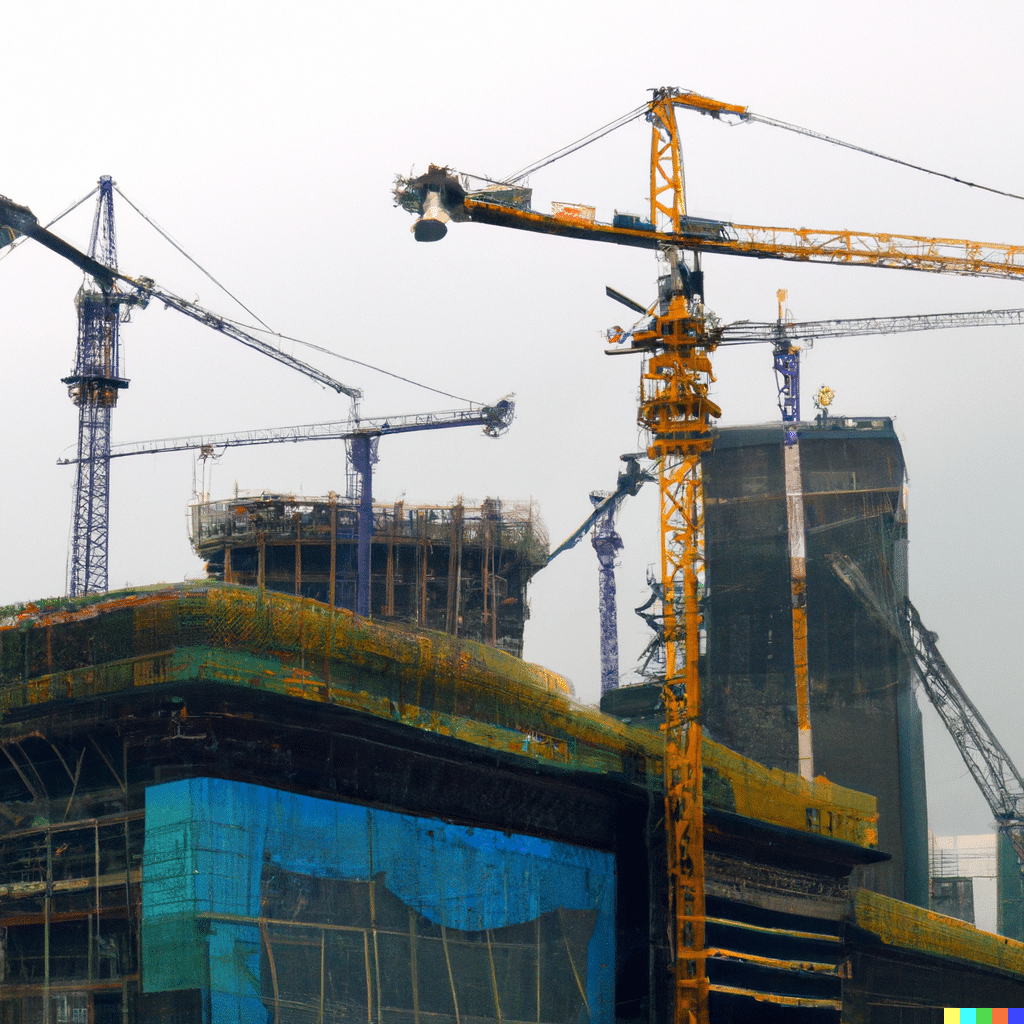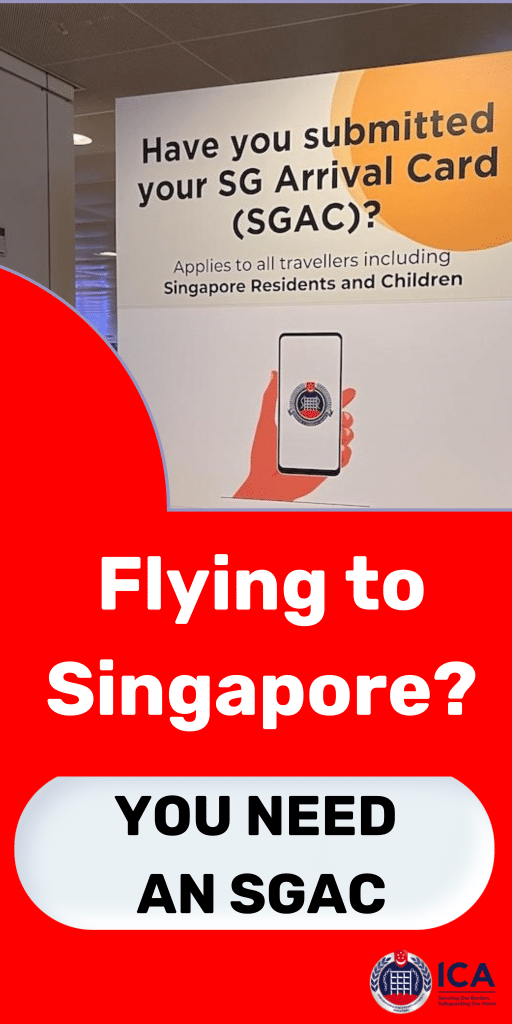As a tiny, densely populated country, Singapore faces inherent land constraints similar to other land-scarce places like Hong Kong and Monaco. Through pragmatic policies, Singapore leverages both state-led planning and private ownership rights to optimise development.
This article provides an overview of how Singapore’s land management policies stack up against other land-constrained counterparts.
We’ll examine national land use planning, public housing dominance, and private ownership restrictions. While not without downsides, understanding Singapore’s framework provides perspective on maximising limited space.
State-Driven National Land Use Planning
Like Singapore, governments play a strong planning role:
- Centralised land use masterplans shape growth for decades ahead in Hong Kong and Singapore.
- Governments own most land and lease it to private entities for set periods. Enables redevelopment flexibility.
- Land policies balance economic and housing needs within tight space.
- Reclamation projects like Hong Kong’s Chek Lap Kok airport expand usable area.
Proactive planning optimises every square foot. But redevelopment causes heritage loss.
Public Housing Focus
Public housing accommodates the masses:
- Over 80% of Singaporeans live in government HDB flats. Hong Kong has a similarly high rate.
- Densely packed public housing estates house majority of the population.
- Heavily subsidised prices combined with ownership rather than rental.
- Public control over housing supply manages prices.
- Ethnic quota mandates prevent segregated communities unlike United States.
Providing quality affordable public housing solves residential density challenges.
Restrictions on Private Ownership
But private land rights are limited:
- Private property ownership permitted but stricter rules than Western countries.
- Typically leasehold tenures of several decades rather than freehold. Allows state to reacquire land later if needed.
- Property taxes and stamp duties on transactions kept high to regulate demand.
- Foreign purchases often restricted or taxed higher as in Hong Kong.
- State reserves right to forcibly acquire private land for public purposes.
Private ownership is secondary to collective development needs.
Transportation and Environmental Constraints
Land priorities create other constraints:
- Extremely limited space for private car ownership and roads. Countries must regulate vehicles strongly through permit quotas and congestion pricing.
- Green recreational space restricted with priority on housing and commercial development.
- Pollution and environmental degradation risks from dense urbanisation.
With intense density, environmental and mobility impacts need mitigation.
Conclusion
Given inherent space constraints, Singapore and other land-scarce locales must make judicious use of limited land through state planning focused on public housing balanced with restricted private property rights.
There are clear tradeoffs, but active policymaking largely sustains liveability. With foresight and flexibility, land pressures in small countries can be reconciled with quality of life.

Goh Jun Cheng is the chief staff writer for SingaporeAirport.com. Jun Cheng graduated with a degree in journalism from Nanyang Technological University in Singapore.
He has over 5 years of experience writing about aviation, tourism, and lifestyle topics relevant to locals and visitors in Singapore. His articles provide insights into the rich culture, cuisine, and attractions of Singapore. Jun Cheng is an avid traveler who has visited over 15 countries.
When he is not writing or traveling, he enjoys photography, trying new foods, and hiking. As a longtime Singapore resident, Jun Cheng is passionate about sharing hidden gems and perspectives about his home country.




